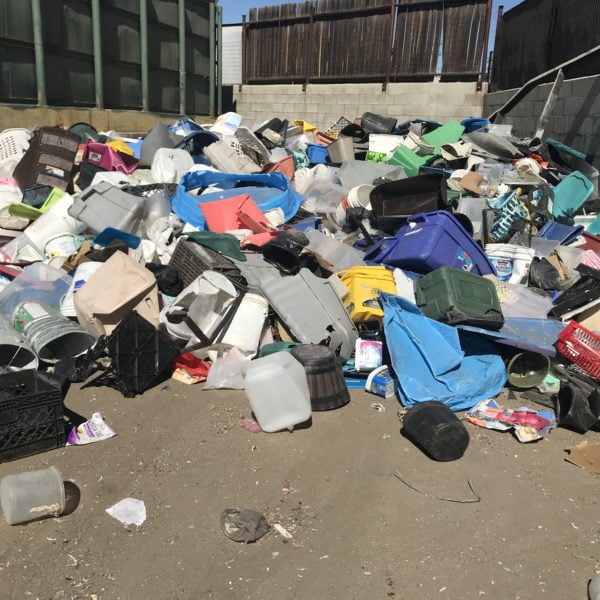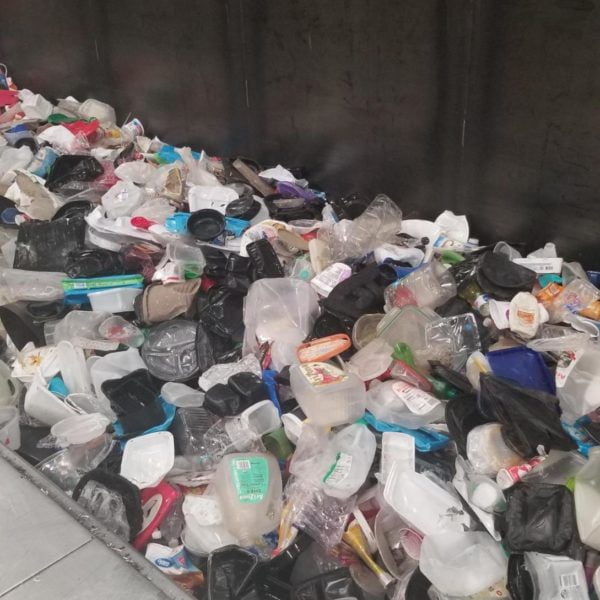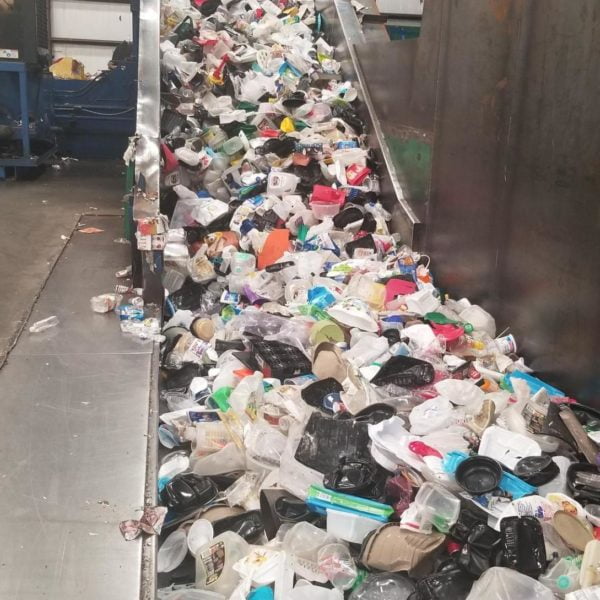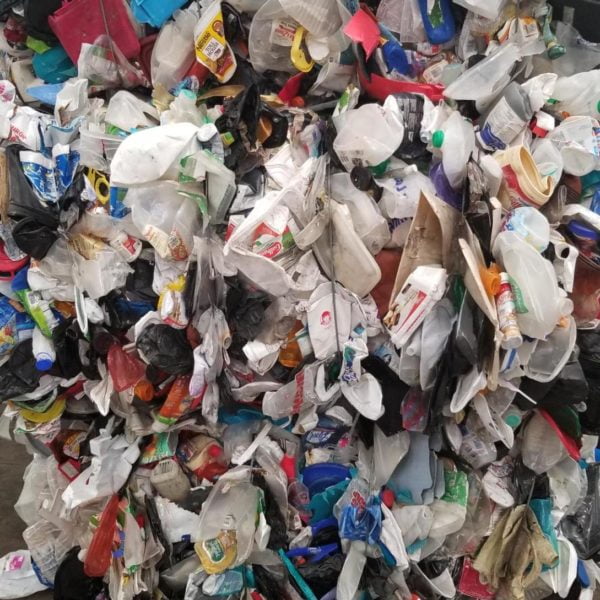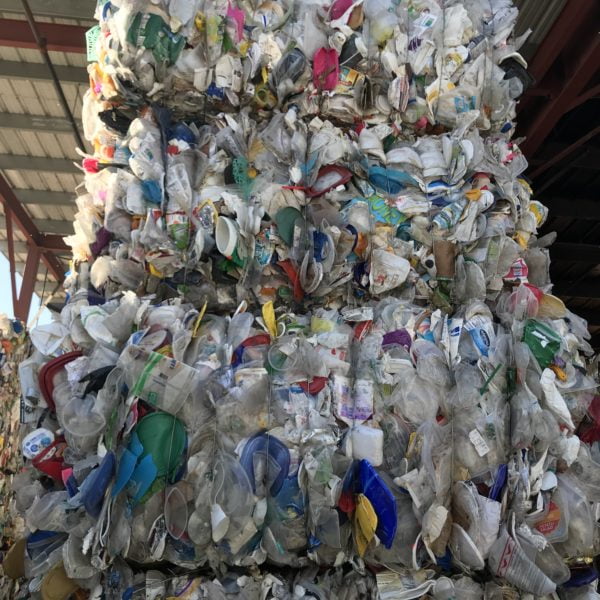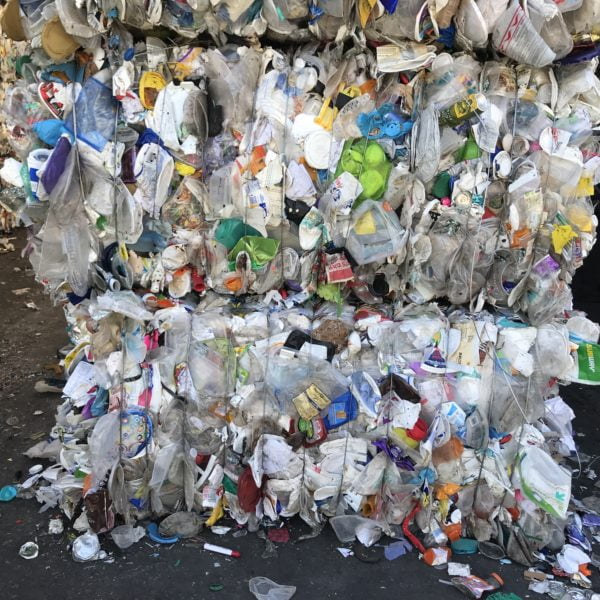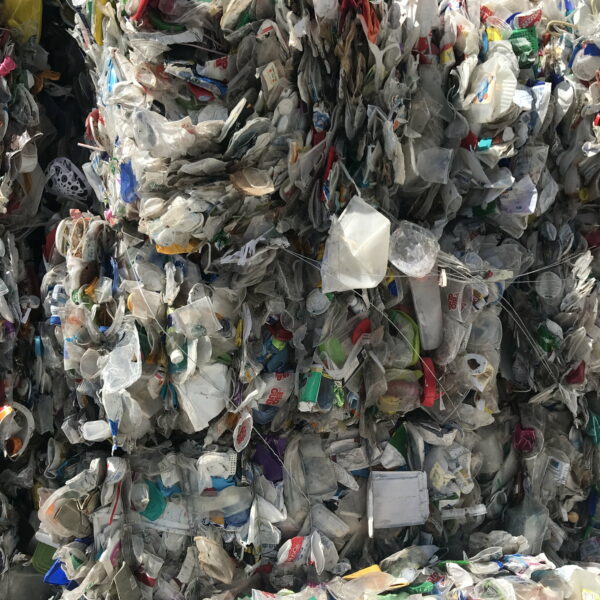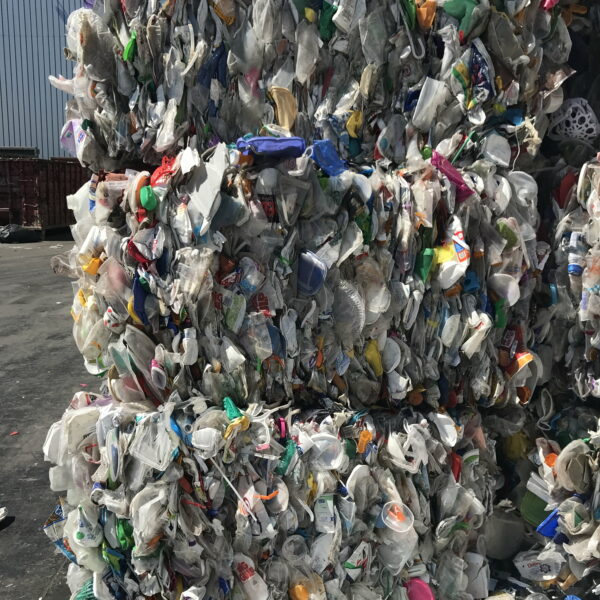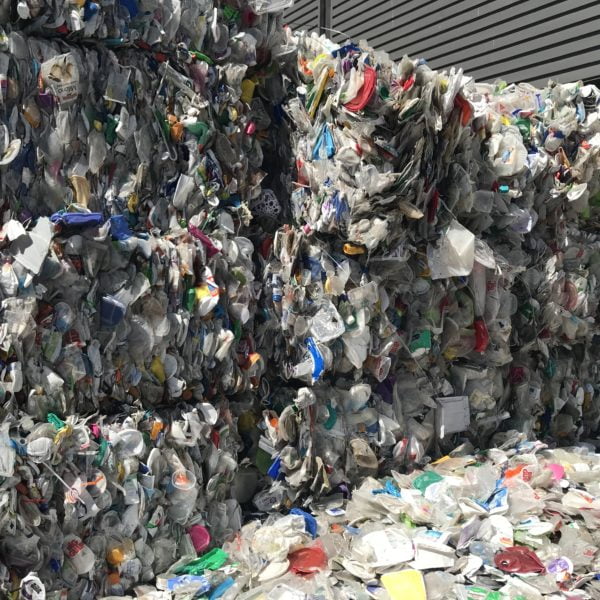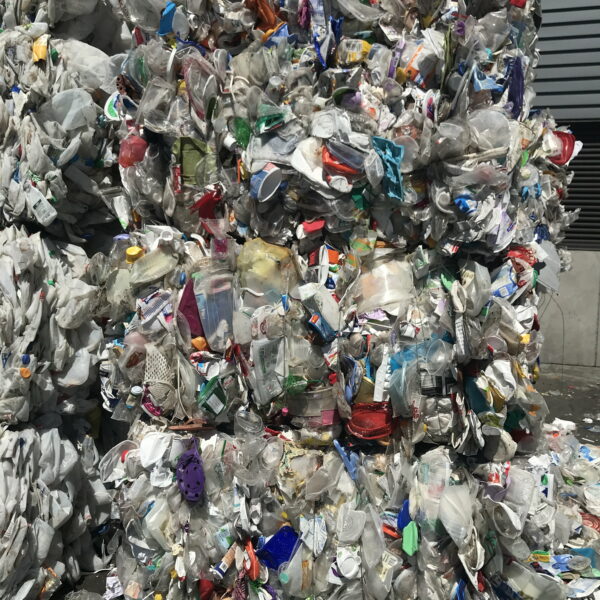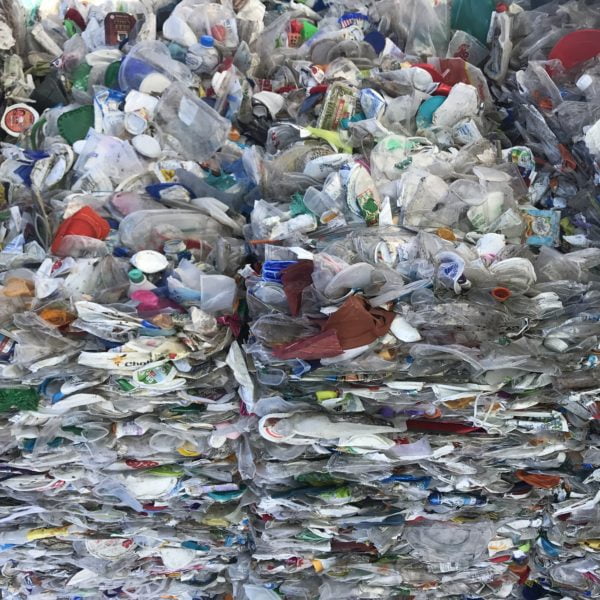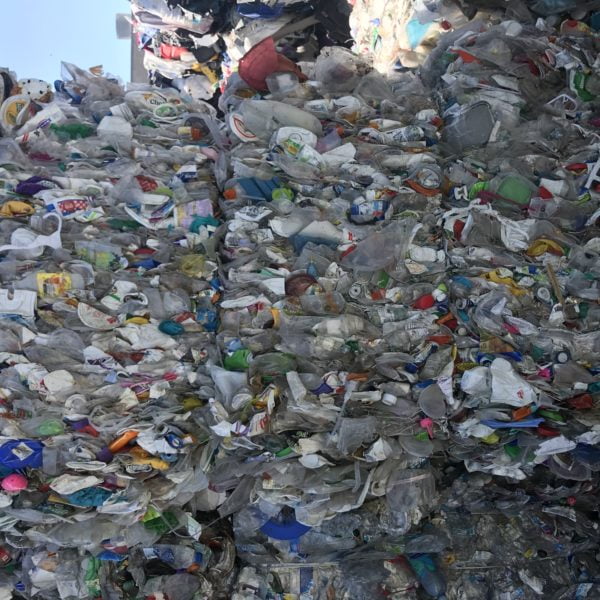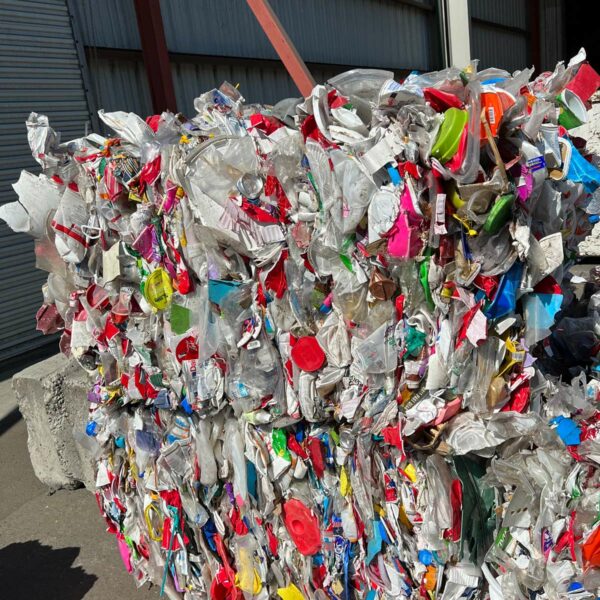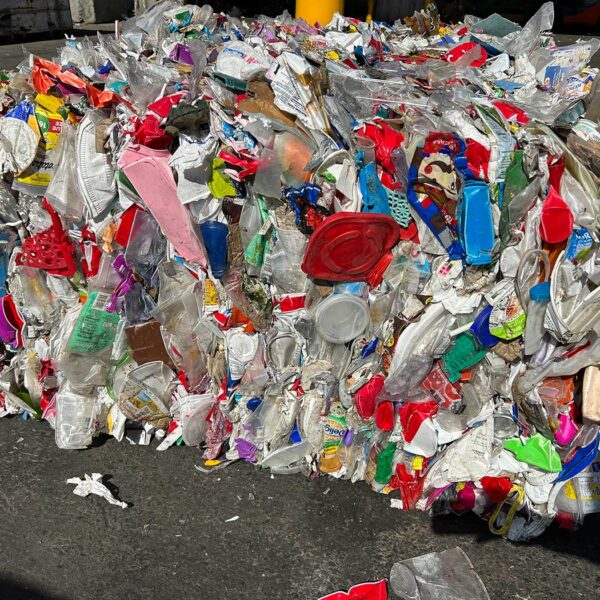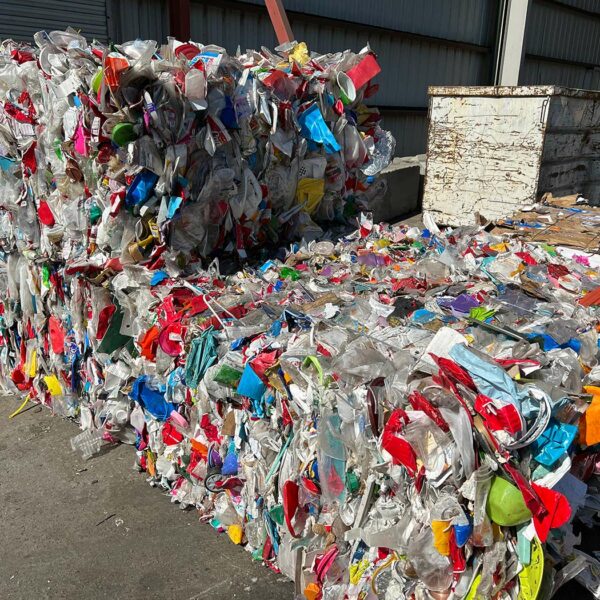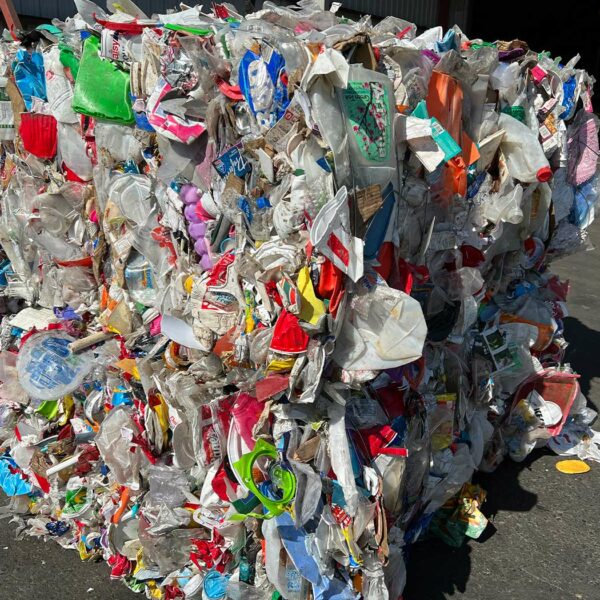PP 5 Post Consumer containers can now be recycled at the curb! PP tubes and lids are widely accepted in most curbside residential recycling programs. PP Wide Mouth containers are sorted from municipal single-stream recyclables at the MRF using optical sorters and robots. Once the material has been washed, ground, and pelletized – it can be transformed into new trays, pallets, or paint cans.
Quick Navigation
- What is PP 5 plastic?
- Recycle PP 5 Symbol
- Recycling PP5 plastic
- Examples of Polypropylene Plastic
- Plastic vs. Polypropylene
Plastic pollution is a global problem that affects the environment, wildlife, and human health. One of the ways to address this issue is through plastic recycling. Among the different types of plastic, polypropylene (PP) is one of the most common and versatile materials. We will buy your number 5 plastic for recycling in bulk.
What is PP 5 plastic?

PP is a thermoplastic polymer that is used in a variety of products, including packaging, textiles, automotive parts, and medical equipment. It is a lightweight, durable, and heat-resistant material that can withstand high temperatures without melting. PP is also resistant to chemicals, moisture, and abrasion, making it a popular choice for many applications.
Recycle PP 5 Symbol
Number 5 is the resin identification code that is used to identify PP plastic. This code is also known as the chasing arrows symbol and can be found on the bottom of plastic containers. The symbol consists of a triangle with a number inside, which represents the type of plastic used in the product. PP is identified with the number 5, which makes it easy to recognize and sort for recycling purposes.
The PP symbol is a stylized version of the chasing arrows symbol, with the number 5 inside the triangle. This symbol indicates that the product is made from PP plastic and is recyclable. However, not all products with the number 5 symbol can be recycled, as it depends on the local recycling program and its capabilities.

